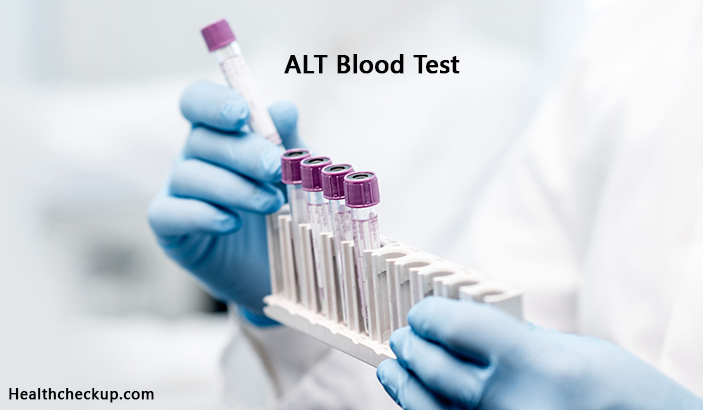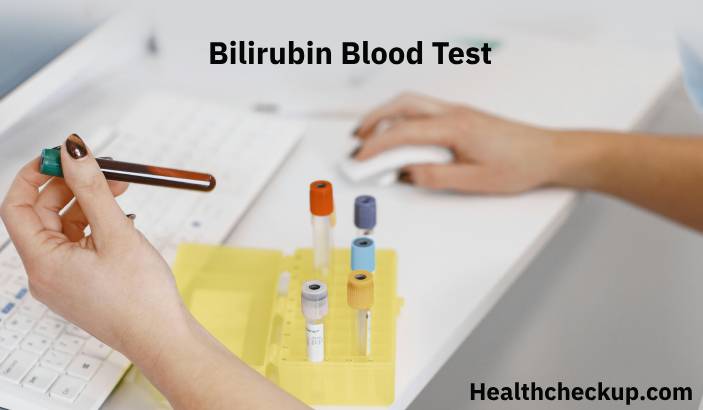The ALT blood test is an important test to diagnose liver diseases. It is part of the liver panel. Level of ALT increases in liver disease.
What Does The ALT Blood Test Mean?
ALT is also known as Alanine Transaminase, SGPT, or Serum Glutamic-Pyruvic Transaminase. The doctor advises the ALT test to determine the health of the liver. ALT is present in high concentrations in the liver cells. Their level of blood is relatively low. In the case of liver disease, there is damage to liver cells. This results in the release of ALT in blood. Measuring the level of ALT in the blood helps in the diagnosis of liver condition before the patient experiences any symptoms. Doctors may find high ALT levels during routine liver screening.
It is one of the important markers for liver disease during a liver panel, the other being AST. The doctor may advise you to undergo both the tests simultaneously. In some cases, the ratio of both enzymes indicates the causes and extent of liver damage.
[Also Read: Liver diseases that cause itching]
Why Is The ALT Test Done?
The ALT test is done for diagnosing liver disease. The doctor may advise you of this test in case of o the following symptoms;
- Tiredness
- Loss of appetite
- Itchy skin
- Yellowing of eyes and skin
- Nausea and vomiting
- Abdominal pain
Your risk of liver disease may increase due to the following factors;
- Heavy alcohol intake
- Diabetes
- Obesity
- Medical history of liver problems
- Family history of liver problems
- Exposure to hepatitis virus
ALT may help in the diagnosis of the following conditions;
- Jaundice
- Liver cancer
- Hepatitis
- Other liver infections
- Liver cirrhosis
Your doctor may advise you to have routine ALT test to;
- Monitor the progression of liver disease
- Decide when to initiate the appropriate treatment
- Analyze the impact of ongoing treatment on liver function
[Also Read: Diet for elevated liver enzymes]
How Is The ALT Test Done?
The laboratory expert performs the ALT test on the blood sample. The phlebotomist (the person that draws the blood) takes the blood from the vein of your arm.
You may undergo the following process during the ALT test;
- A phlebotomist will apply an antiseptic solution on the site from where he will draw the blood sample.
- He will tie an elastic band to stop the flow of blood. This will make the vein clearly visible.
- The phlebotomist will insert the needle in the vein to draw blood. You may experience a stinging sensation during needle insertion.
- He will transfer the blood from the syringe to the vial.
- After drawing sufficient blood, the phlebotomist removes the elastic band along with the needle.
- You have cotton or gauze at the site of needle insertion.
- He will send your blood sample for laboratory analysis.
- Your results will be available within a day or two. You may have the results by hand or on the portal of the lab. In some cases, the laboratory sends the results directly to your doctor.
- Book an appointment with your doctor after you have the ALT results.
How To Prepare For ALT Test?
There are no specific requirements to undergo this test. Follow the instructions of your doctor. Inform your doctor about the medications, supplements, or herbal products you are taking. These may have some impact on the results of the ALT test.
ALT Blood Test Normal Range
The normal range of ALT is 7 to 55 units per liter. However, the reference range varies with the laboratory. Certain factors may affect the reference range such as age and gender.
What Does High ALT Results Mean?
High ALT levels may indicate various abnormal conditions such as;
- Liver cirrhosis
- Mononucleosis
- Jaundice
- Liver cancer
- Bile duct blockage
- Kidney disease
- Heart disease
- High Vitamin A levels
- Bile duct blockage
- Hepatitis
- Sepsis
What Does Low Alt Results Mean?
A low level of ALT is expected and indicates a healthy liver. However, the doctors may associate the low ALT levels with the symptoms of patients. According to some studies, low ALT levels may indicate an increase in frailty, low total body muscle mass, and a high risk of mortality.
Tips To Maintain Normal ALT Levels
- Maintain a healthy weight
- Get treatment for underlying medical conditions
- Avoid or limit the quantity of alcohol
- Increase intake of folic acid
- Exercise regularly
- Take a healthy diet
- Avoid food with high cholesterol
- Take liver supplements in consultation with your doctor
If you experience any symptoms of liver disease, book an appointment with the doctor. Your doctor may advise ALT blood tests along with other tests.

Rohit Jain is an IPR Specialist and Medical Content Writing Expert. For over a decade, he has written several articles in the areas of female infertility, Erectile dysfunction, hemangioma, cervical cancer, monoclonal gammopathy of undetermined significance, mononucleosis, mitral valve disorder, nerve sheath tumor, shin splints, mild cognitive impairment, cellulitis, brain metastases, atelectasis, MCAD deficiency, lymphoma, sepsis, cardiac rehabilitation and metabolic disorder among others.








